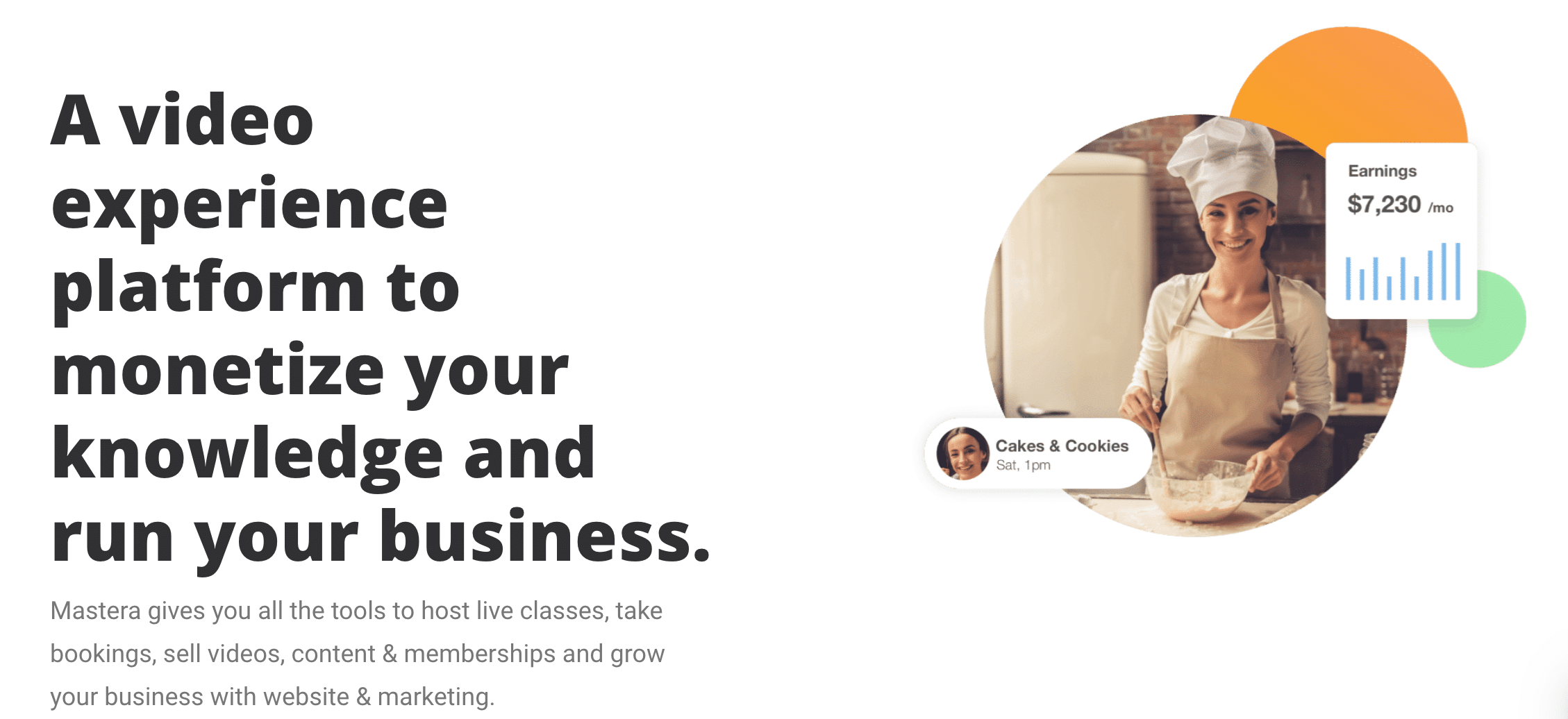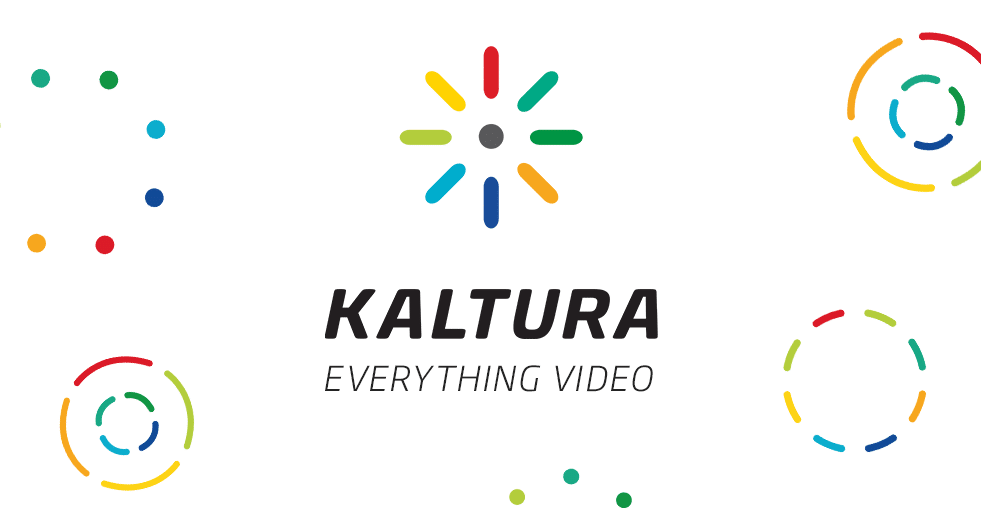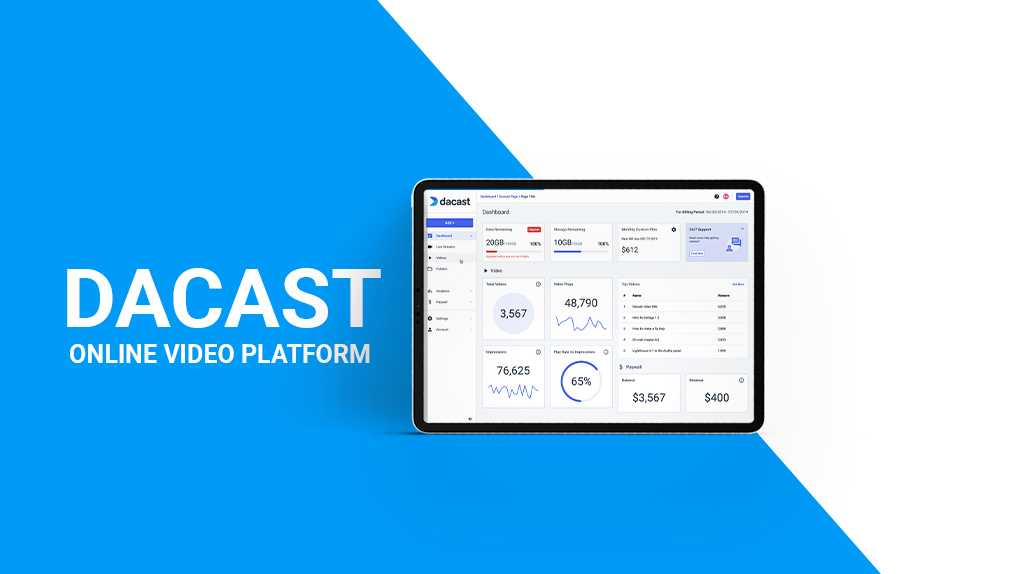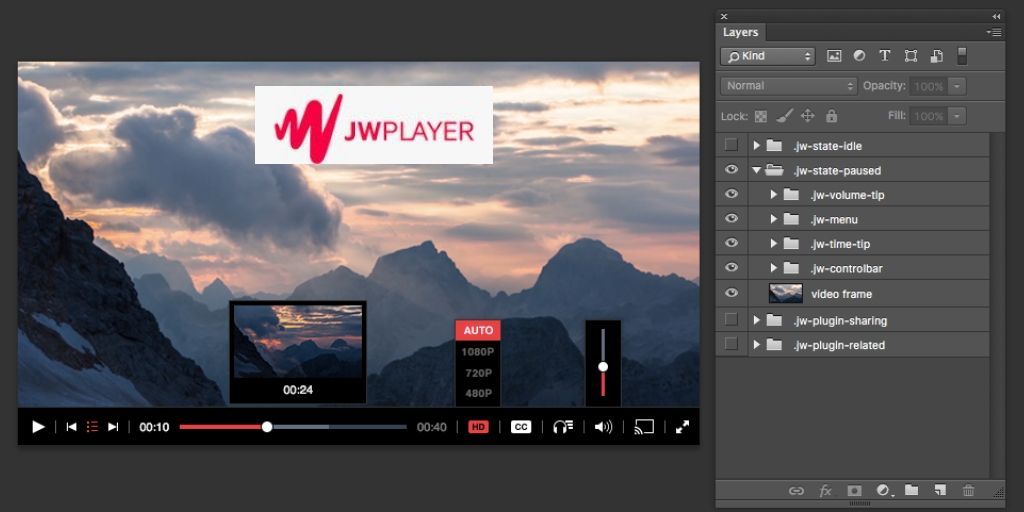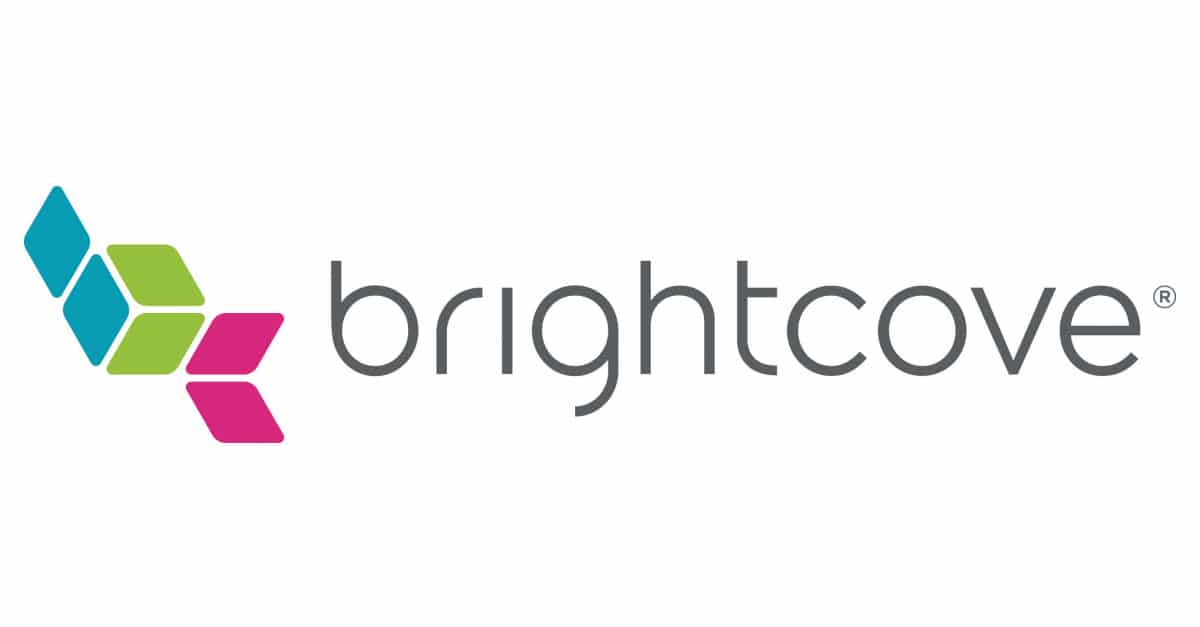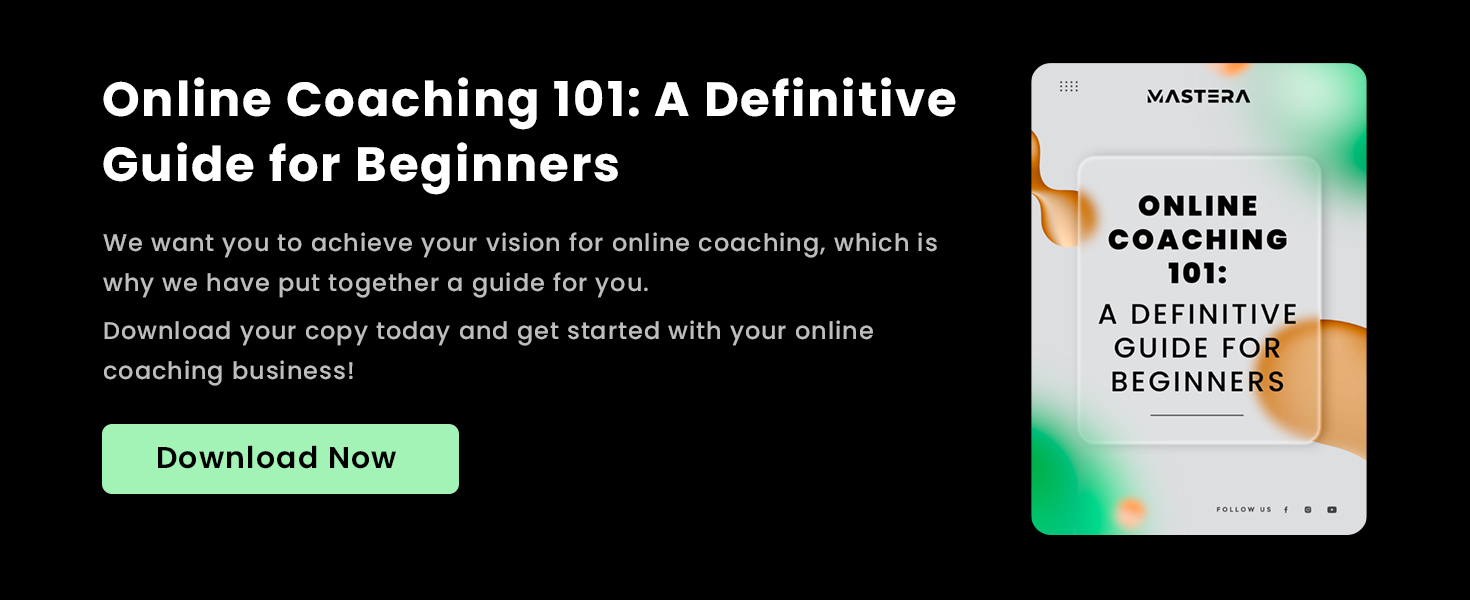Did you know that in the last minute, over 500 hours of videos were uploaded to YouTube? Over the course of one day, 720,000 hours of video are uploaded and this number grows every year. This is a clear indication that not only are video on demand platforms an insanely popular option for content creators, but that the market is more flooded than ever and smart choices are necessary to stand out from the crowd.
Thankfully, mega-platforms like YouTube and up-and-comers like Tik Tok are not the only options for hosting your on-demand video library. Since the inception of YouTube, dozens of other platforms have popped up, each serving different niches and purposes for their users.
Today, we’ll be reviewing the 7 best video on demand platforms for content creators in 2021 so that you can find the platform that works best for you and begin finding your audience.
What is Video On Demand or VOD?
Before we dive too deep into the various platforms hosting the service, first we need to answer the question ‘What is Video On Demand (or VOD)?’
From a wider lens, Video On Demand is a media distribution system that allows users to access videos without a traditional video playback device and the constraints of a typical static broadcasting schedule.
In layman’s terms, Video on Demand is basically exactly what it sounds like: Videos for distribution that can be played at will or ‘on demand’ by users. You likely use a VOD streaming platform every day in the form of YouTube, Netflix, or Tik-Tok.
But what makes Video On Demand platforms different from a live-streaming platform or other distribution channels?
- Flexibility. Video On Demand means that your students or users can access your videos from anywhere at any time. However, the double-sided nature of VOD means that you will need to create captivating content in order to maintain your users’ attention span, which on average has been dropping for some time.
- Personalization. Rather than needing to take in everything at once, Video On Demand gives your users the opportunity to watch at their own speed. While some might be able to get everything they need from one run-through, others might want to re-watch or pause to digest as they go. VOD means they can.
While this is likely a familiar concept, the part you likely aren’t familiar with is what Video On Demand platforms are out there and what they can do for you.
What does a Video On Demand hosting platform do?
You may be wondering “What does this mean for me?” After all, unless you are already in the VOD space, it might be hard to imagine yourself using a VOD platform. However, what we will show is that Video On Demand has a wide range of uses that you can take advantage of, no matter what industry or niche you are serving.
By their nature, Video On Demand platforms are designed to get content from creators to consumers. And while there is some distinction between the way one platform does this versus another, the main difference between these platforms is what they offer in addition to hosting on-demand videos.
- Access: Who gets access to your videos? Is there a fee? Is payment processing involved? These are questions you should be thinking about when choosing a platform.
- Distribution: Will your videos be just on this platform or does it allow for sharing? Are there other ways you can distribute videos from the platform? You’ll want to have a rough idea of how you are going to get the word out, but the distribution options available will be something you should consider.
- Extras: While it is possible you will be able to cover everything you want with just the videos, extra features like live-streaming, playlists, additional content, and marketing can be vital when building out your offerings.
As we review the top 7 Video On Demand Platforms below, keep in mind the additional offerings these platforms provide in order to make the best possible decision.
Top 7 VOD Platforms for Content Creators in 2021
Without further ado, let’s review the top 7 best video on demand platforms for content creators in 2021.
1. Mastera
Mastera is a recently developed all-in-one platform with a focus on video on demand that was built to help businesses go online during the COVID-19 pandemic. Along with hosting on-demand videos, Mastera provides programs and playlists to guide your users through your content. In addition, you can run live classes with Zoom integration for a healthy balance and multiple options for your users.
The Mastera platform benefits from being built so recently, as current trends in the market were considered throughout development. Plus, as more businesses are realizing they need to keep an online alternative available, Mastera has continued to improve their offering.
Features include:
- Memberships and payment processing. Rather than using a third-party for this process, Mastera comes with it baked into the platform so that you never have to worry about missed payments or processing funds on your own.
- Unlimited content: While some other platforms have hard caps on content, Mastera allows unlimited classes and content for you to flush out your library.
- Mastera Inbox. Unique to Mastera, this platform gives you the ability to email and text your users to stay engaged, answer questions, and provide motivation. There’s even a mobile app so you can respond on-the-go.
- E-commerce. Looking to sell products along with your on demand videos? Mastera has a full e-commerce shop that allows you to sell products straight from your site.
Mastera is perfect for individual operators and enterprise businesses alike. The best part? Trying out Mastera is absolutely free for 14 days. From there, there are multiple options for enrolling and upgrading your site as you scale. For a full breakdown, click here.
2. Watson Media by IBM
Originally called IBM Cloud Video, Watson Media is the newest version of IBMs video on demand platform. Described on their website as ‘a scalable, cloud-based online video platform,’ it works as a ‘solution for live or on-demand content to external audiences.’ Built primarily for large enterprises, Watson Media has some great features for ensuring the same experience across all users.
While this might not be the best solution for individuals, it is worthy considering as a business considering the massive influence that IBM has worldwide. For instance, Watson Media allows for videos to be shared internationally, including China and Hong Kong.
Features include:
- Live chat and Q&A: Perfect for large audiences, Watson Media’s live chat and Q&A feature allows for users to chat and ask questions during live video broadcasts.
- Wide applications: Due to the scalable nature of the platform, Watson Media has a myriad of applications and use cases. The only thing holding you back is likely going to be cost.
- Ad-integration: Fairly unique when it comes to video on demand platforms like this, ad-integration can be a great way to make some extra revenue on the side.
As we mentioned, this is a fantastic solution for larger operations. However, considering the lowest pricing tier is the same as Mastera’s Premium option, it can be a tough barrier to getting started even with the 30 day free trial.
3. Kaltura
Another large-scale video provider is Kaltura, a ‘video cloud experience.’ While most of the on demand platforms you run into are built into tiered pricing, Kaltura offers completely customizable sites and packages, making it hard to pin down into one niche or market. This can be seen as a double-edged sword depending on your needs, but if they have the features you need, they will likely be a good fit.
Included Features:
- Wide variety of video options. Kaltura has live-stream classes, virtual events and classrooms, and several other specific options for video.
- Education boost. Since most of the features of Kaltura are based in education, you can get a boost if this is the industry you operate in. On the flip side, if you’re not in education, you might find these features wanting.
- Custom everything. For better or worse, you can have custom work done on just about every aspect of your Kaltura site, meaning it might be one of the few platforms that can create precisely what you want.
As we mentioned, everything is custom built, so giving a pricing range is hard to do. If you are interested in finding out more, their site says to book a call with a member of their team.
However, it’s still worth mentioning that reviews indicate that Kaltura isn’t exactly cheap. Plus, all subscriptions and payments are handled through third-party integration, meaning if you want to make money with their platform you will need to have an additional service that integrates with them.
4. Dacast
Billed as a ‘unified streaming solution,’ Dacast is another video on demand platform that attempts to wrap everything up in one package. Their platform allows you to host live classes along with on demand videos. Plus, with their bulk upload tool, you can get started quickly when getting set up.
What sets Dacast apart from the previous two platforms, Watson Media and Kaltura, is that their prices are more competitive for smaller operations. Although advertised for enterprise customers, Dacast isn’t out of reach for individuals. Depending on your needs, they offer both good security and subscription options that are likely to suit your business.
Included Features:
- Security. Dacast boasts powerful security on their platform to make sure that your videos remain yours, even when publishing across the globe.
- 24/7 technical support. While we haven’t personally used their technical support line, the fact that they offer it 24/7 indicates that they want to help you if they can.
- Subscriptions and white-label payment processing. Both of these are killer when trying to set up a profitable video on demand platform as a content creator.
As we mentioned, pricing is comparable to something like Mastera, but you should consider that you will be billed annually in case this is something you aren’t sure you’ll need long term. Full pricing details can be found here.
5. YouTube
Unless you’ve been living under a rock, you’ve likely heard of and most likely used YouTube. This video on demand platform has become a monolith and with the amount of content uploaded every day to YouTube, it’s the ubiquitous platform for most internet users. However, when it comes to being a content creator, popularity isn’t always what you are looking for and it will be easy to get lost in the mountains of content found on YouTube.
The good part about potentially working with YouTube is that they have the onboarding and set up process down to a science, making it easy to make an account and start uploading. The downside is that for anyone trying to make money through monetization and advertising, the upper limits of what you can earn are a lot lower than other platforms. Even still, there are some features YouTube offers that are worth discussing.
Included Features:
- Easy to use. Depending on your background, the user-friendly nature of the platform might be just what you need to get started.
- Basic content storage and management. YouTube Studio allows for creators to upload and edit their content, along with storing the videos on the platform. However, this tool is fairly basic compared to other options out there.
Pricing is hard to beat with YouTube, as the entire platform is free. That said, the limitations of the platform may not be worth the ‘free’ cost if you are hoping to stand out.
6. JW Player
Originally spun off from YouTube’s video software, JW Player is an established name in the video on demand industry. While they are somewhat limited on features, they do what they do well and are still a viable option.
Although they don’t offer subscription services, they do support ad-based monetization, which allows you to make money indirectly from your videos. And considering the high video quality that JW Player offers, you’ll never have to worry about low resolution or lost frames.
Included Features:
- Free 30-day trial with up to 25gb storage. One of the most time-intensive parts of setting up your platform is uploading content. JW Player’s free trial allows for you to upload all of your content before you have to pay, giving you a jump start.
- API access. JW Player has API access for anyone who wants to use their platform to host videos or share streams, making it versatile in terms of usage.
Honestly, even though it is a good video hosting service, you will likely still need somewhere to share them with others and earn revenue. We recommend using a platform like Mastera in conjunction with JW Player. In fact, Mastera has JW Player built into the platform, making it easier than ever to make the most out of both options.
7. Brightcove
Originally founded in 2004, just a year before YouTube, Brightcove has managed to remain relevant as a video on demand platform. Recently, they helped host the first online SXSW conference and the Oscars with their COVID-safe show. Clearly, they can handle large bandwidth and high level clients.
Unfortunately, that doesn’t always translate well for smaller outfits looking to build an on-demand library, since there have been stories about their slow tech support. Still, with their hybrid subscription offerings, they might fit into your niche well.
Included Features:
- Focus on broadcasting. Although it is less used today in the world of VOD, broadcasting still has its place in the market. If you’re looking for a broadcasting solution, Brightcove does it best.
- Global reach. While almost every company can put you online, not every company has the same global reach to put you in front of users the way that Brightcove can. For larger outfits, this might be exactly what you are looking for.
Like we mentioned, their pricing is based on a hybrid model which means that there aren’t fixed pricing. That said, it is still worth talking with their team to see if they have a model that works for you.
Conclusion
As you can see, there’s never been a better time to be a content creator in the video on demand space. With so many options available, you have the freedom to find what works best for you and make these platforms work for you. And if they don’t, there’s at least nine other options out there that you can take advantage of.
Our final piece of advice that we will leave you with is to review each platform’s portfolio of users (if available). While the platform may boast certain features, the end product is what you should be most concerned with, as this will show you how easy those features are to actually integrate.
Happy hunting!



